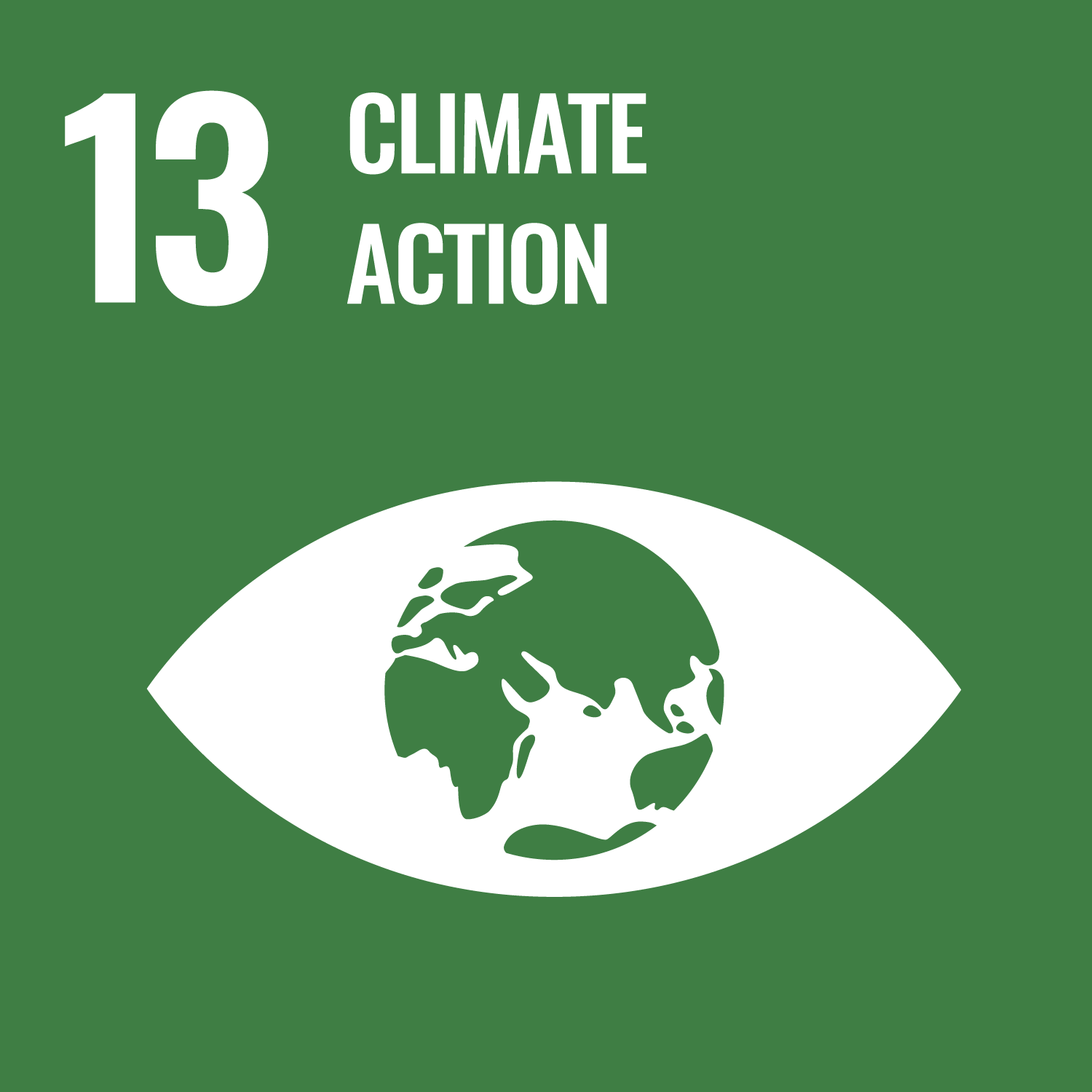Ijaz, A., Temime-Roussel, B., Chazeau, B. et al. (16 more authors) (2025) Complementary aerosol mass spectrometry elucidates sources of wintertime submicron particle pollution in Fairbanks, Alaska, during ALPACA 2022. Atmospheric Chemistry and Physics, 25 (19). pp. 11789-11811. ISSN: 1680-7316
Abstract
Fairbanks, Alaska, is a sub-Arctic city that frequently suffers from the non-attainment of national air quality standards in the wintertime due to the coincidence of weak atmospheric dispersion and increased local emissions. As part of the Alaskan Layered Pollution and Chemical Analysis (ALPACA) campaign, we deployed a Chemical Analysis of Aerosol Online (CHARON) inlet coupled with a proton transfer reaction time-of-flight mass spectrometer (PTR-ToF MS) and an Aerodyne high-resolution aerosol mass spectrometer (AMS) to measure organic aerosol (OA) and non-refractory submicron particulate matter (NR-PM1), respectively. We deployed a positive matrix factorization (PMF) analysis for the source identification of NR-PM1. The AMS analysis identified three primary factors: biomass burning, hydrocarbon-like, and cooking factors, which together accounted for 28 %, 38 %, and 11 % of the total OA, respectively. Additionally, a combined organic and inorganic PMF analysis revealed two further factors: one enriched in nitrates and another rich in sulfates of organic and inorganic origin. The PTRCHARON factorization could identify four primary sources from residential heating: one from oil combustion and three from wood combustion, categorized as low temperature, softwood, and hardwood. Collectively, all residential heating factors accounted for 79 % of the total OA. Cooking and road transport were also recognized as primary contributors to the overall emission profile provided by PTRCHARON. All PMF analyses could apportion a single oxygenated secondary organic factor. These results demonstrate the complementarity of the two instruments and their ability to describe the complex chemical composition of PM1 and related sources. This work further demonstrates the capability of PTRCHARON to provide both qualitative and quantitative information, offering a comprehensive understanding of the OA sources. Such insights into the sources of submicron aerosols can ultimately assist environmental regulators and citizens in improving the air quality in Fairbanks and in rapidly urbanizing regional sub-Arctic areas.
Metadata
| Item Type: | Article |
|---|---|
| Authors/Creators: |
|
| Copyright, Publisher and Additional Information: | © Author(s) 2025. This is an open access article under the terms of the Creative Commons Attribution License (CC-BY 4.0), which permits unrestricted use, distribution and reproduction in any medium, provided the original work is properly cited. |
| Dates: |
|
| Institution: | The University of Leeds |
| Academic Units: | The University of Leeds > Faculty of Environment (Leeds) > School of Earth and Environment (Leeds) |
| Date Deposited: | 03 Nov 2025 11:04 |
| Last Modified: | 03 Nov 2025 11:04 |
| Status: | Published |
| Publisher: | Copernicus Publications |
| Identification Number: | 10.5194/acp-25-11789-2025 |
| Sustainable Development Goals: | |
| Open Archives Initiative ID (OAI ID): | oai:eprints.whiterose.ac.uk:233847 |
Download
Filename: acp-25-11789-2025.pdf
Licence: CC-BY 4.0


 CORE (COnnecting REpositories)
CORE (COnnecting REpositories) CORE (COnnecting REpositories)
CORE (COnnecting REpositories)